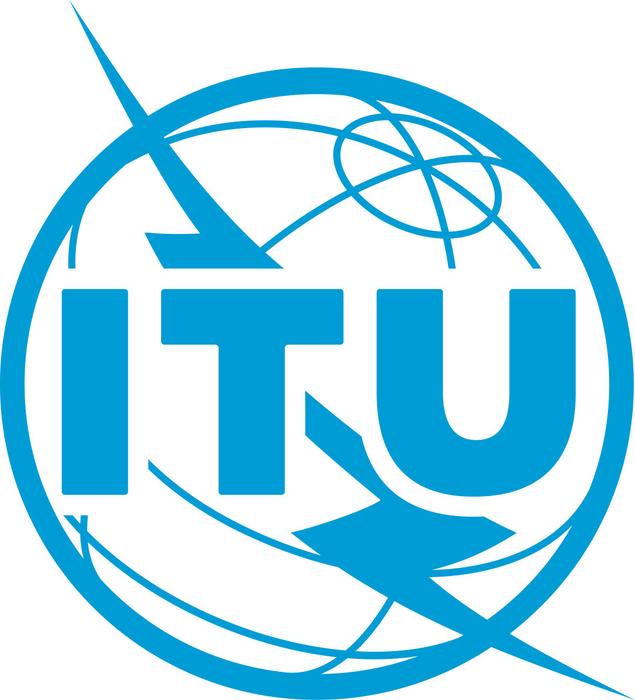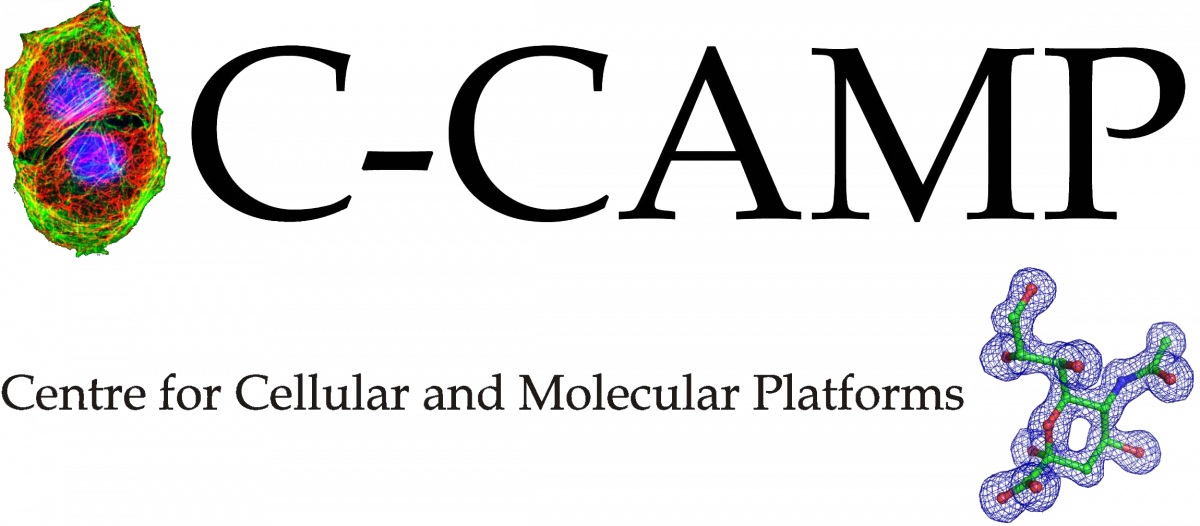The University of Surrey is leading a groundbreaking project to develop a large language model (LLM) tailored to the needs of the Deaf community. The initiative, SignGPT: Building Generative Predictive Transformers for Sign Language, has received £8.45 million in funding from the UK Engineering & Physical Sciences Research Council. Over five years, the project aims to create tools that can automatically translate spoken language into photo-realistic sign language and convert video of sign language into spoken language—a challenging translation task yet to be fully solved.
In collaboration with the University of Oxford, the Deafness Cognition and Language Research Centre at University College London, key Deaf stakeholders, and the broader Deaf community, the project seeks to bridge communication gaps and foster inclusivity.
Professor Richard Bowden, Principal Investigator at the University of Surrey’s Institute for People-Centred AI, explained the vision behind the project:
“Large language models like ChatGPT and Gemini are reshaping how we live and work at an extraordinary pace. With SignGPT, our goal isn’t to replace human interaction but to ensure the Deaf community benefits equally from these advancements.
“This technology will enable equal access to information and promote seamless communication between the Deaf and hearing worlds. Beyond accessibility, SignGPT represents a broader mission to address inequities, enhance human connection, and create a more inclusive society. In the face of rapid technological change, initiatives like this demonstrate how AI can be a force for empowerment and equality.”
Globally, approximately 70 million people are Deaf or hard of hearing, many of whom rely on sign language as their primary means of communication. Unlike spoken languages, sign languages are natural human languages developed over centuries within Deaf communities. They are independent from spoken languages, with unique grammar, lexicons, and structural rules. These languages combine manual gestures (using hands), non-manual expressions (such as body and facial movements), and spatial elements to convey meaning, offering a rich and complex area for linguistic and technological exploration.
Press release – University of Surrey







